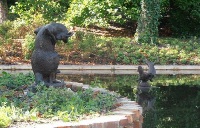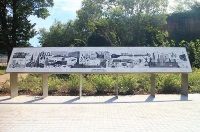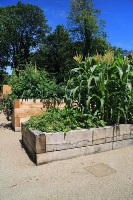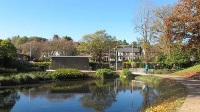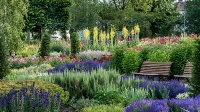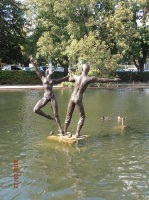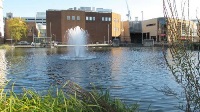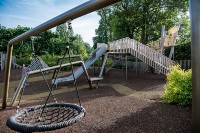Jellicoe Water Gardens
Jellicoe Water Gardens
Brief history
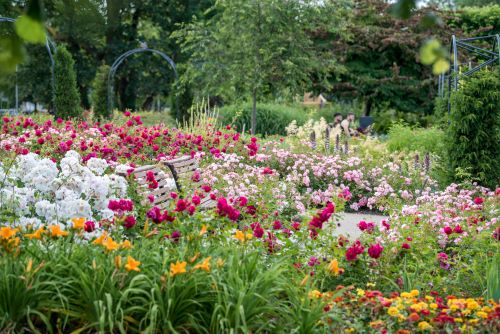
In 1957, famous landscape architect Sir Geoffrey Jellicoe was invited to design a new town centre park in Hemel Hempstead. He transformed a site that once held orchards, watercress beds, and ironworks into a unique garden shaped like a serpent. The design channels the River Gade, connecting people with water and nature. Inspired by experimental artist Paul Klee and the role of the sub-conscious mind, Jellicoe’s vision came to life when the Gardens opened in 1962. They are a rare post-war Modernist landscape and one of Jellicoe’s most intact schemes.
Restoration
Over time, the Water Gardens began to show signs of wear. In 2017, a major restoration project was completed to bring them back to their original beauty. The project received £2.4 million from the Heritage Lottery Fund and the Big Lottery Fund, along with an extra £1 million from ourselves. The restoration stayed true to Jellicoe’s original design, while adding new features to make the Gardens an outstanding public space again.
Awards
- 1965: Civic Trust Award
- 2010: Added to English Heritage’s Register of Parks and Gardens of Special Historic Interest
- 2017: Heritage and Conservation Award from the Landscape Institute
- Since 2018: Annual Green Flag award for excellent standards of park management
- 2024: Gold Award from Anglia in Bloom for restoration and efforts to support pollinators
How to find us
The Water Gardens are located in Hemel Hempstead Town Centre, HP1 1BS.
- By train: A 25-minute walk from Hemel Hempstead train station.
- By bus: The nearest bus stop is in Marlowes.
- By car: Parking is available at:
- Water Gardens North Car Park, HP1 1EF.
- Water Gardens South Car Park, HP1 1EF.
- Moor End Car Park, HP1 1BT.
Features of the Water Gardens
Volunteering at Jellicoe Water Gardens
There are plenty of ways to volunteer at Jellicoe Water Gardens. You can help with:
- planting
- weeding
- pruning
- helping to grow vegetables in the Volunteer Garden.
If you have a reasonable level of fitness, and want to help preserve these historic Gardens, we’d love to hear from you.
Email watergardens@dacorum.gov.uk or chat to one of the team on site.
Images from the Water Gardens
Page Last Updated: Monday, 28 July 2025 at 01:48 PM

